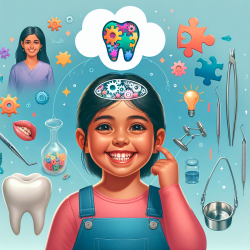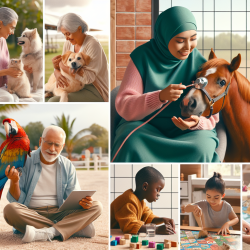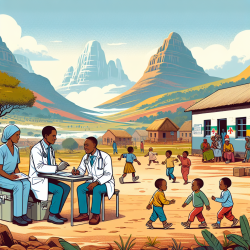In the field of speech-language pathology, understanding the comprehensive needs of children extends beyond language and speech disorders. One often overlooked aspect is the impact of orthodontic issues, such as malocclusion, on a child's psychosocial well-being. The research article "Orthodontic Treatment Need and the Psychosocial Impact of Malocclusion in 12-Year-Old Hong Kong Children" provides valuable insights that can guide practitioners in improving outcomes for children.
Conducted by Derek Baram and colleagues, this study assessed the orthodontic treatment needs and psychosocial impacts of malocclusion among 12-year-old children in Hong Kong. The study utilized five indices: the Dental Health Component of the Index of Orthodontic Treatment Need (IOTN-DHC), the Aesthetic Component of the IOTN (IOTN-AC), the Dental Aesthetic Index (DAI), the Index of Complexity Outcome and Need (ICON), and the Peer Assessment Rating (PAR). Significant correlations were found among these indices, with the IOTN-AC showing the strongest association with psychosocial impacts.
Key findings from the study include:
- The prevalence of orthodontic treatment need varied widely, from 10.9% to 47.8%, depending on the index used.
- There was a significant association between the IOTN-AC and the psychosocial impact of malocclusion, highlighting the importance of aesthetic considerations in treatment planning.
- Boys demonstrated a higher normative treatment need than girls, particularly in the IOTN-DHC, DAI, and PAR indices.
- Parents' level of education and household income were not significantly associated with either treatment need or psychosocial impact.
For practitioners, these findings underscore the importance of using a multi-faceted approach when assessing orthodontic treatment needs. The significant correlation between the IOTN-AC and psychosocial impacts suggests that aesthetic considerations should be a critical component of treatment planning. Furthermore, the low uptake of orthodontic treatment, despite high need, indicates potential barriers to access that practitioners should be aware of.
Implementing these insights can lead to more holistic treatment plans that address both the clinical and psychosocial needs of children. Practitioners are encouraged to consider further research in this area to explore additional factors that may influence treatment outcomes and to develop strategies to overcome barriers to treatment access.
To read the original research paper, please follow this link: Orthodontic Treatment Need and the Psychosocial Impact of Malocclusion in 12-Year-Old Hong Kong Children.










